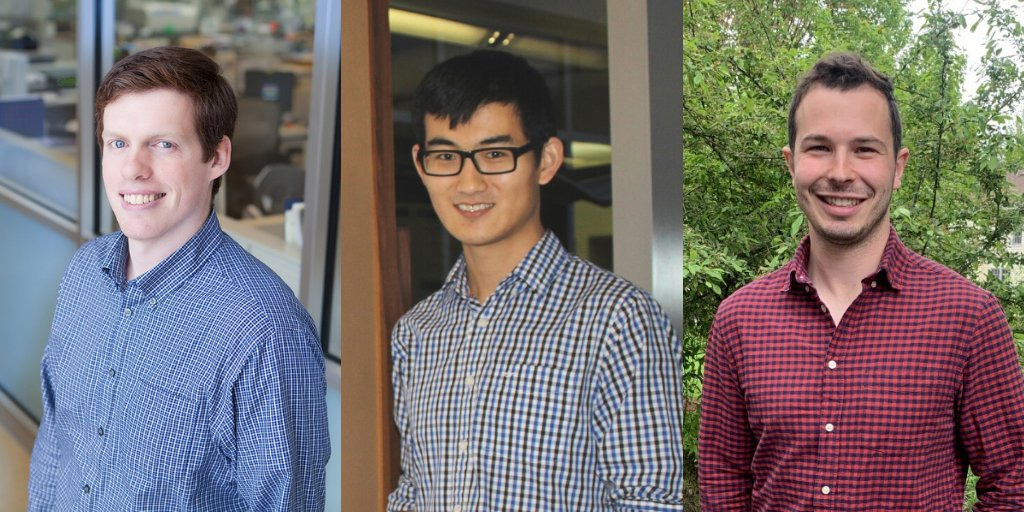Novel pathway to support research for targeted treatments of cavities
Human teeth are home to many different types of bacteria. This diverse oral microbiome ranges from microbes that are benign or even beneficial to those that can do some serious damage to our teeth. Tooth decay, also known as cavities in the U.S., is the most common human disease in the world, caused by a bacterial infection. Oral bacteria ferment sugars in the mouth, proliferate, and secrete excessive acid which leads to a breakdown of enamel and demineralization of the tooth structure.

Two bacteria have been linked to the initiation of dental caries or tooth decay: Streptococcus mutans and Streptococcus sobrinus. Between these two bacteria, S. mutans has been extensively studied while relatively little is known about S. sobrinus. An Illinois research team led by bioengineering professor Paul Jensen (MMG) has discovered a quorum-sensing pathway in S. sobrinus, which controls its natural competence and enables scientists to manipulate the S. sobrinus genome. This research was published in the Journal of Dental Research.
S. mutans is more commonly found on both healthy and decayed teeth, whereas S. sobrinus is less prevalent and more exclusively found in patients with dental caries - and especially in more serious cases of tooth decay and in children.
"The three key properties for caries-linked microbes are the ability to produce acid, the ability to tolerate acid, and the ability to colonize the tooth surface," said Walden Li, a bioengineering Ph.D. candidate and a co-author of this paper. He noted earlier studies indicating that S. sobrinus is stronger in such abilities than S. mutans.
Regarding this research, Li said, "while we know S. sobrinus has strong capacities to cause tooth decay, we don’t know the genetic mechanisms that enable it to do so."
Current microbial control for dental caries uses mostly wide-spectrum treatments that indistinguishably kill good and bad bacteria in the mouth, potentially disrupting a healthy oral microbiome. A more effective way of controlling dental caries would be to understand the genetic mechanisms of S. sobrinus and leverage this knowledge to develop targeted treatments.
According to Jensen, S. sobrinus has been understudied because most researchers believed that S. sobrinus lacks the competence pathways to regulate growth, virulence, bacteriocin production and quorum sensing, even though most streptococcal bacteria are naturally competent. Competence is the capacity of a bacteria to uptake foreign DNA and undergo genetic transformation. This is a decades long-unsolved challenge for the dental research field. "Deep down, I never believed that S. sobrinus was not genetically competent. It didn't make sense to me," said Jensen.
The Jensen lab has been working to understand the S. sobrinus competence system for the past few years and has tried many different methods to transform S. sobrinus. Lab members also laid the foundation for S. sobrinus research by becoming the first group of researchers to successfully sequence the complete genome of S. sobrinus in 2018 and defining the workflow for this bacteria. Ryan Wyllie, who is a bioengineering Ph.D. candidate in the Jensen lab and a co-author of this paper refers to this project as Moby Dick to Jensen's Captain Ahab.
The name "sobrinus" is significant because it means "cousin" in Latin. It was originally described as a subspecies, a "cousin", of S. mutans but was recognized as a separate species in 1983. To this day they are still referred to together as the “mutans streptococci”. "People have always looked for similarities in S. sobrinus based on S. mutans but they may have been misguided by the name," said Li.
Wyllie found a promoter sequence in S. sobrinus similar to the salivarius group of streptococcal bacteria. With this clue, the team uncovered the ComRS pathway for S. sobrinus based on S. salivarius instead of S. mutans. Their findings challenged the assumption of the relationship between S. sobrinus and S. mutans. S. sobrinus' ComRS system has two comR genes with opposite effects on its competence and this is the first time that researchers have seen two comR genes in one bacterium. Furthermore, S. sobrinus has ComRS-controlled bacteriocins that kill S. mutans and other oral bacteria, an astounding finding to the team since it was presumed that the bacteria work together during infection.
Before this study, all ComRS systems could be classified into three classes based on their sequences of XIP, or the seven amino acid pheromone that turns the system on; all previously-known XIPs also have two aromatic amino acids. The S. sobrinus XIP defines a new, fourth class, of ComRS system with no aromatic amino acids. This new class turns out to be widespread in other streptococcal bacteria.
"It's been very exciting for our lab," said Wyllie. This project involved many lab technicians and students at the graduate and undergraduate levels. "I still remember the moment when I saw the blue colonies on the plate which means that we transformed S. sobrinus for the first time," said Li. This study opens the doors for future functional genetics studies into S. sobrinus and to how its molecular pathogenesis works.
"I guarantee that this is not the last interesting bacterium to be found in the oral microbiome," said Jensen, whose lab centers on systems biology, "and we need to scale up how we can study them all in the future."
